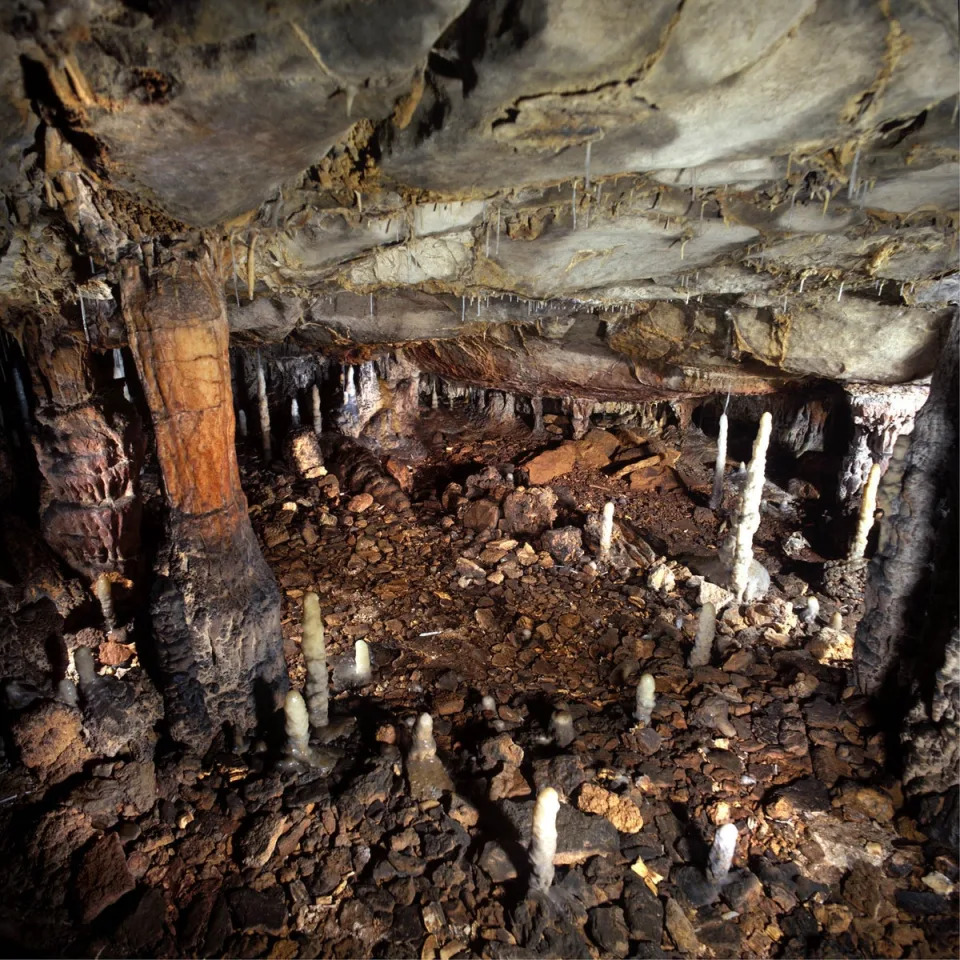Athena Stavrou
Wed, 6 December 2023

Archaeologists have discovered a pre-historic cave-dwelling, thought to have been constructed 16,800 years ago (University of Cantabria)
Archaeologists have found a pre-historic cave-dwelling, thought to have been constructed 16,800 years ago.
The discovery was made in the La Garma caves in Cantabria, Spain, which is famed for its artwork previously found on its walls.
The University of Cantabria, whose prehistoric research team led the project, said it was “one of the best preserved Paleolithic dwellings in the world”.
The home is described as an oval space of about five square metres with stone blocks and structures of “sticks and skins”.
Researchers believe there was a small bonfire in the centre of the space, in which a multitude of daily tasks would have taken place.

The dwelling at the time of discovery (Government of Cantabria)
They believe a group of Magdalenian hunters and gatherers shared the space and they have documented 6,614 objects from the dwelling including deer, horse and bison bones as well as 600 pieces of flint, needles and shells of marine molluscs.
Among the discoveries was a decorated bone and several pendants that researchers believe dwellers wore as jewellery.
The research took two years of continuous work by an interdisciplinary team using innovative methodology such as non-invasive techniques such as 3D mapping, soil analysis, and radiocarbon dating.
The documentation of the habitat required two years of continuous work and a reproduction of the structure is soon to be installed as an exhibition in the Rock Art Centre in nearby Puente Viesgo.
The La Garma caves have long been a point of arcaological interest. Five levels of the cave complex have been discovered so far, which preserves evidence of human activity spanning over 300,000 years.
It has been described as a “time capsule” by the local government as the original entrance to the cave was blocked by a landslide around 16,000 years ago, preserving the ancient remains inside.
The UNESCO world heritage site also houses thousands of fossils and a collection of rock art dating as far back as 35,000 years ago.
No comments:
Post a Comment